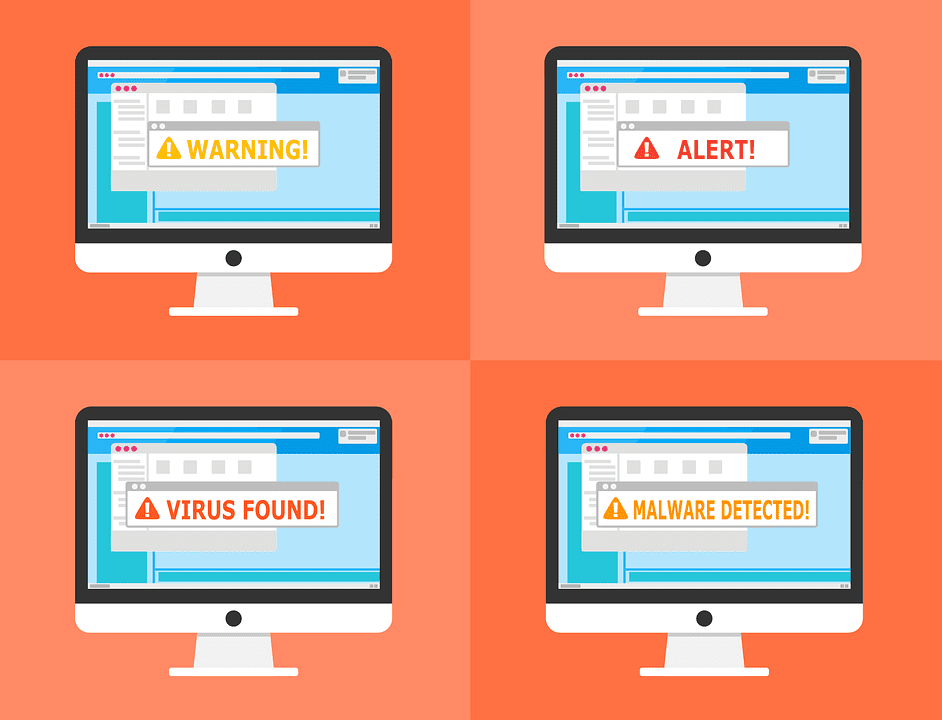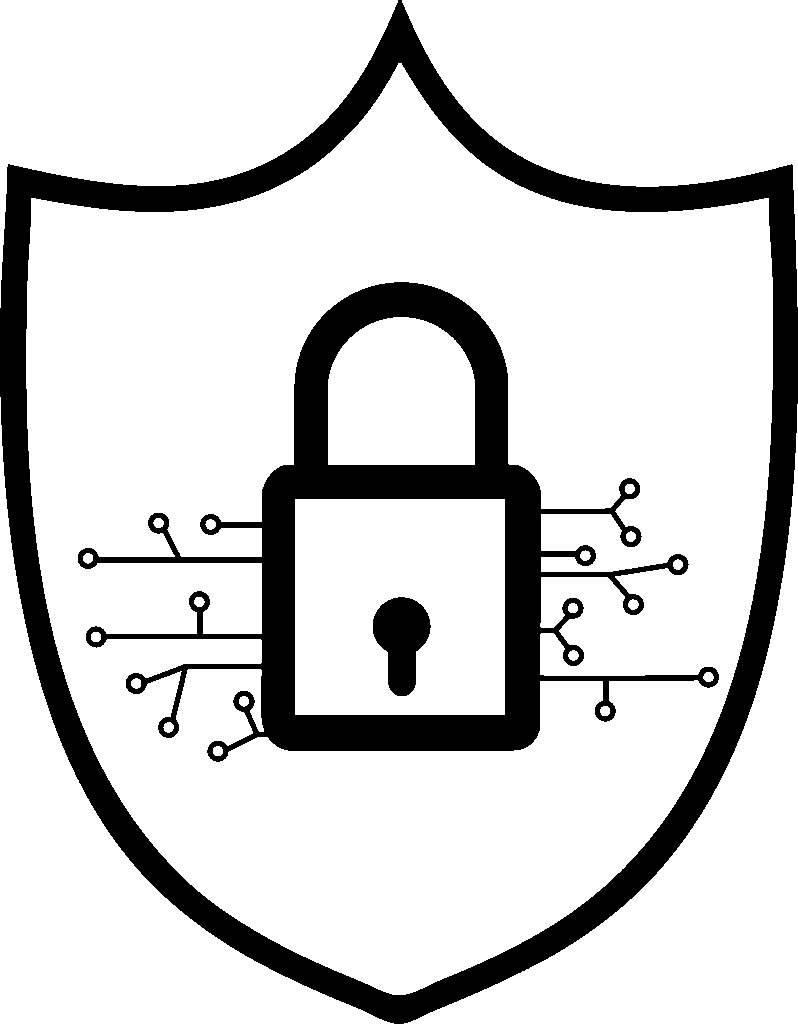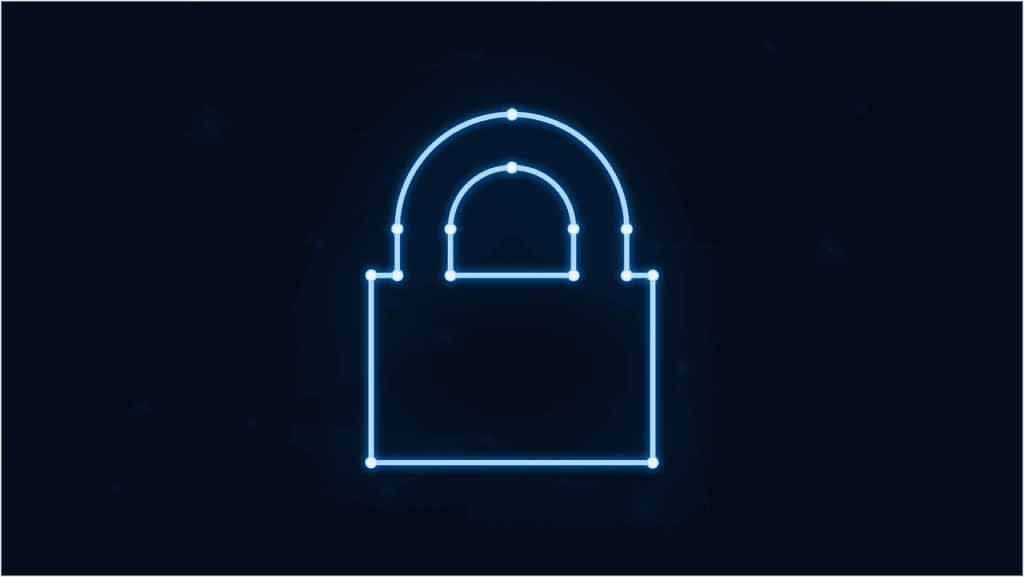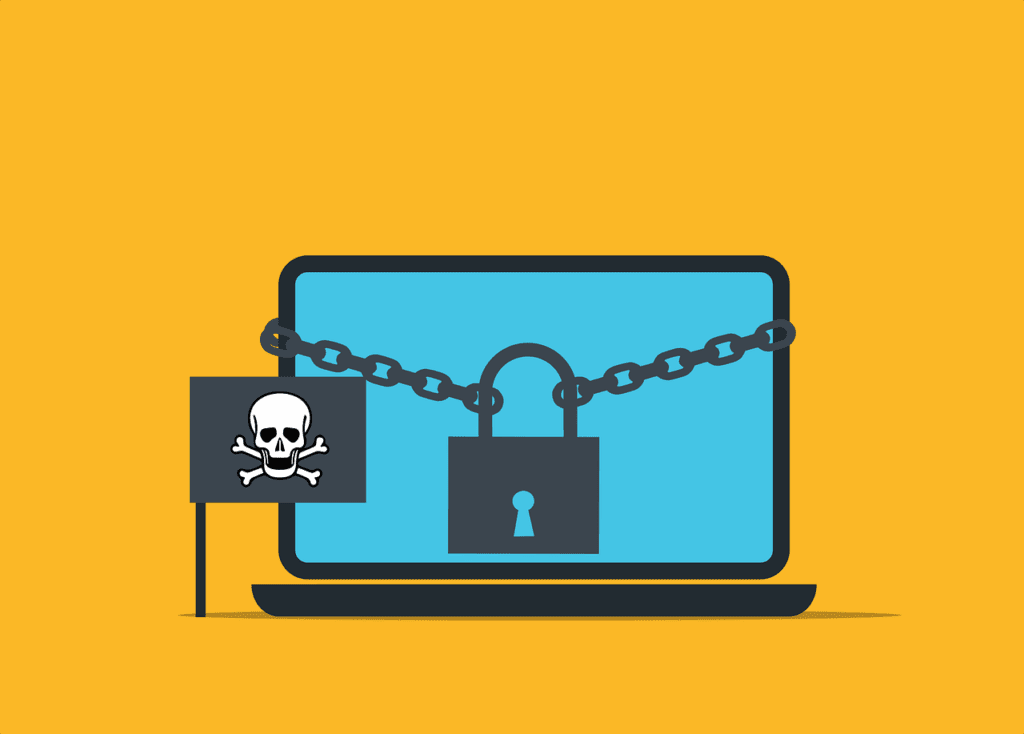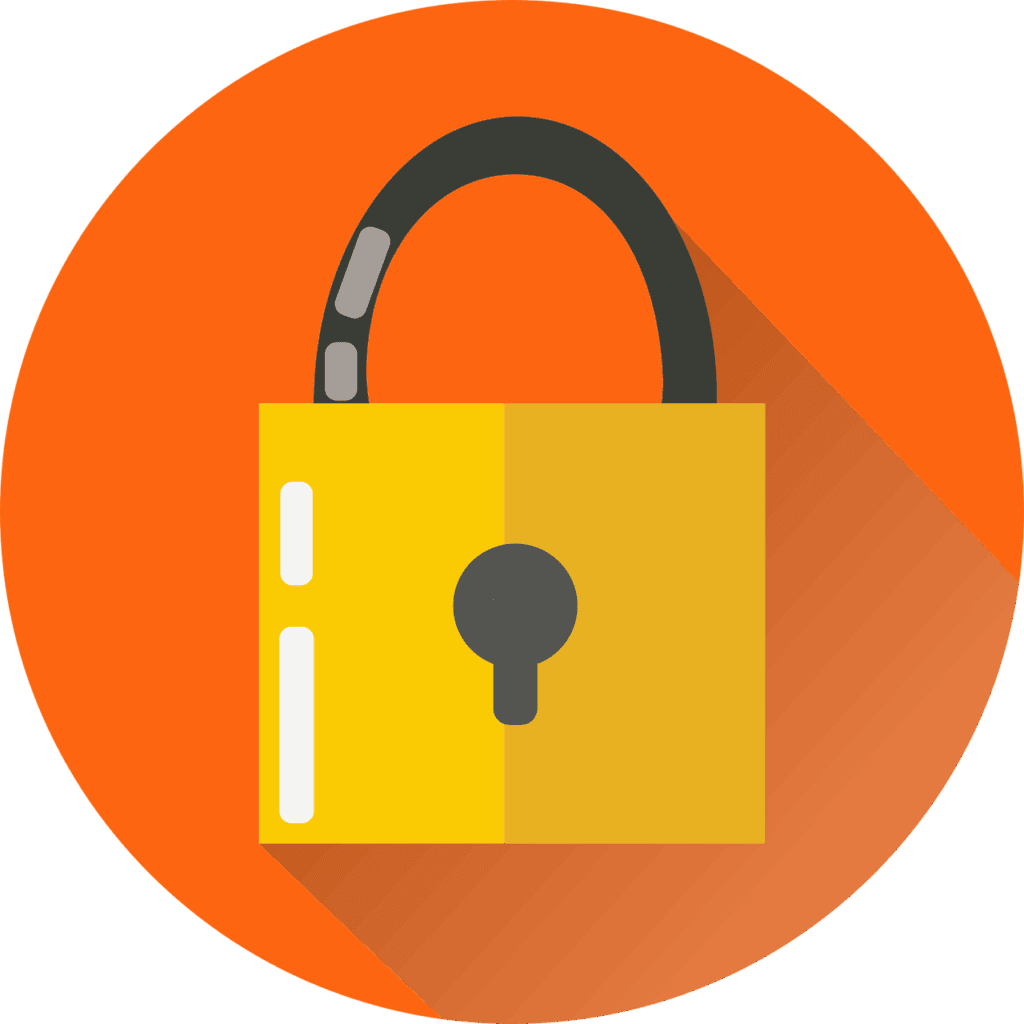8 Tips for Safeguarding Your Gadgets While Traveling
Traveling with technology has become a necessity. Whether for work, communication, or entertainment, we rely heavily on our devices. But traveling exposes these gadgets to various risks. Theft, damage, and loss are common concerns. We’ve put together some helpful tips to mitigate





